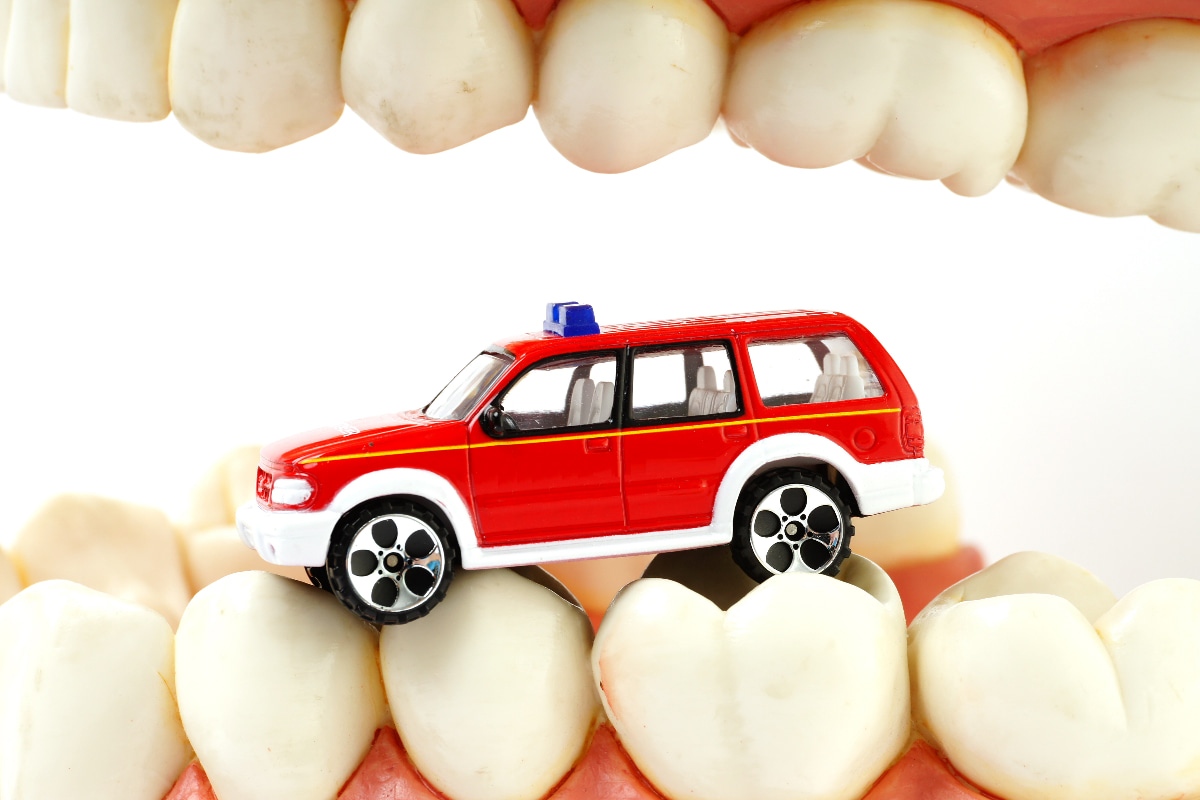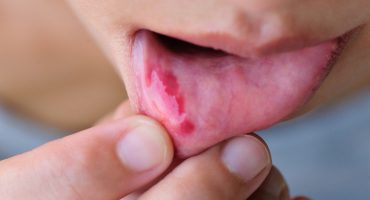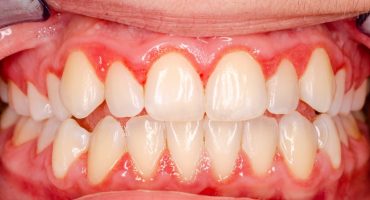Dental accidents happen more often than you might think: especially during leisure time and during sporting activities, it can very quickly lead to tooth injury. All age groups are affected in principle - children, adolescents and active athletes, however, in particular. Few are aware that injured teeth are often still able to be saved. It is therefore all the more important to know what happens in a dental accident, which types of injuries can occur and how you can best respond to an accident.
Overview of this article
- Types of Injuries and treatment options for a dental accident
- Chipped tooth: good chance of recovery
- Chipped tooth: re-insertion possible
- Loosened or displaced tooth: Leave it alone
- Broken tooth or cracked tooth: tooth preservation almost always possible
- Dental accident - and now?
- What you should avoid in the case of a dental accident
- Dental trauma: who pays the costs?




